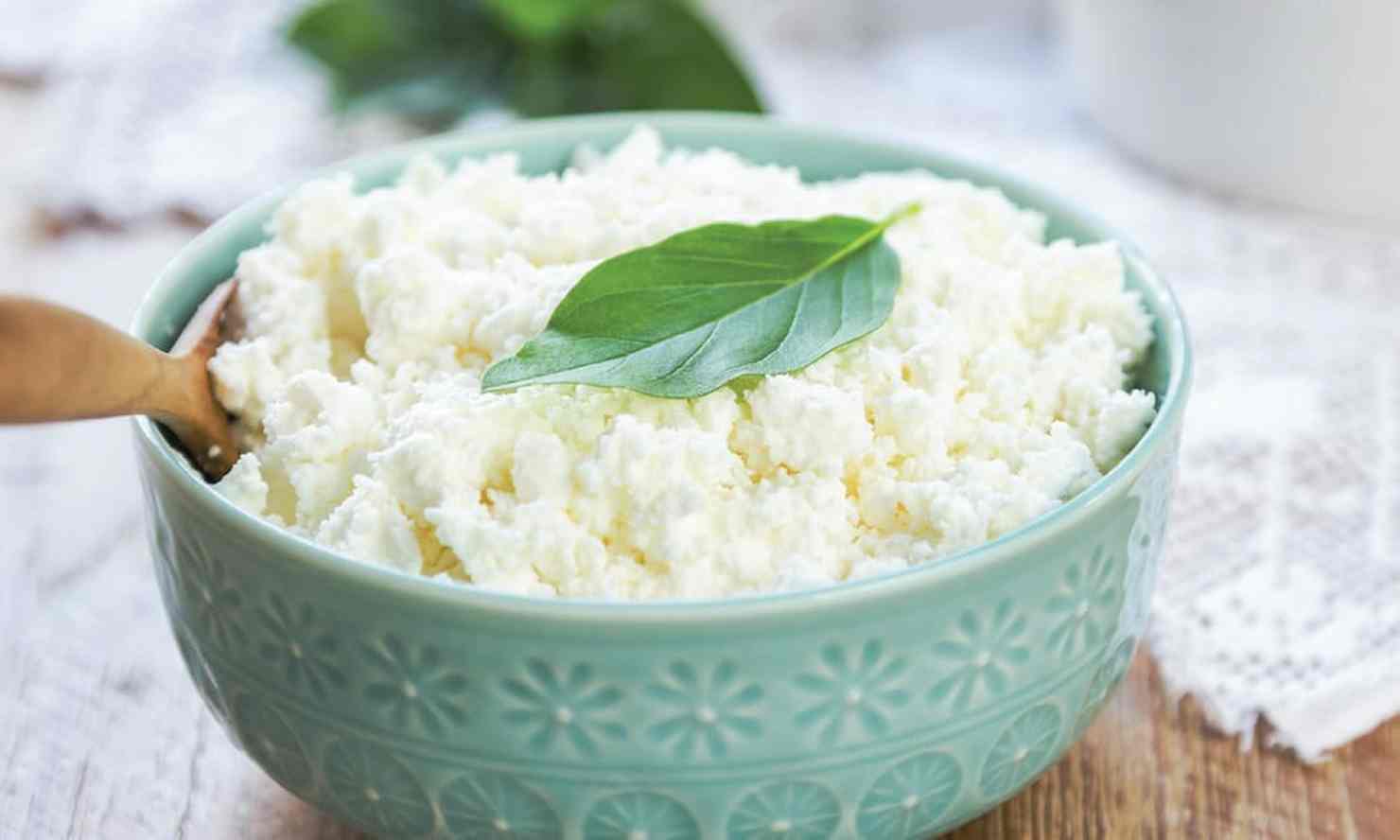
Do you feel guilty after adding mayonnaise to your favorite sandwich or dip? If so, you’re not alone.
There’s plenty of curiosity about whether or not mayonnaise nutrition is bad for health, but it’s still the best-selling condiment in the United States, outselling other fan favorites like ketchup and mustard.
So what’s the truth? Yay or nay to mayonnaise nutrition?
Well, mayonnaise brands have been playing with recipes to please their consumers, but you may be better off going with that plain old product. We’ll tell you why … and more.
What Is Mayonnaise?
Mayonnaise is a combination of oil, egg yolk and an acidic liquid, like vinegar or lemon juice. When these ingredients are combined, they become a stable, thick and creamy substance.
How does this happen? The egg yolk works as an emulsifier that binds to the liquid and water, producing the solid condiment that you know and (may) love.
Types/Varieties
Different types of mayonnaise are made with different oils and other ingredients. This does alter the potential health benefits of mayo, so it’s something to look out for when shopping for a product.
Your standard mayo is made with soy oil, which certainly has its drawbacks. Soy oil (and other vegetable oils on the market) is typically highly processed and can be made with genetically modified soybeans.
Soy oil is also high in omega-6 fats, which are beneficial, but only when consumed in small amounts. People eating a standard Western diet tend to consume way too much omega-6 fats and not enough omega-3s.
In the mayo section of the grocery store, you’ll notice a range of items, some made without soy oil. But for a product to be lower in fats or calories, something else has to be added to create the same flavor and texture as mayo, which can completely change the nutrient profile of the food.
Here’s a breakdown of some mayo varieties that you’ll see in the grocery store:
- Reduced-fat mayonnaise: Some people think that this is a healthier choice because it’s lower in fat, but keep in mind that reduced- or low-fat options typically contain higher amounts of starches or sugars to get the same texture and flavor as a full-fat mayo.
- Light mayo: The term “light” means that the product contains fewer calories than your standard mayo. Again, these options may contain added carbs or sugars to create the same texture with the same calorie count.
- Alternative oil-based mayo: Some products are made using healthier oils, like olive oil, coconut oil or avocado oil. These types are considered keto-friendly and are arguably the best mayonnaise options. But check the ingredient list on these types because vegetable oil is sometimes added for flavor.
- Vegan-friendly mayo: Vegan mayos don’t include the egg yolks that are usually added as an emulsifier. Instead, these mayos typically are made with soy or canola oils, and they may lack the normal mayo consistency.
Here’s one suggestion: If you’re looking for a mayo that’s lower in calories and fats, skip the “mayonnaise alternatives” and go for another food that gives you the same creamy texture.
Why? Mayo alternatives typically include a bunch of additives, like fat replacements, added sugars and preservatives to give you the same taste and texture, but this isn’t really the healthiest way to go.
Instead of consuming fats, for instance, you may eat way more sugar than you realize.
Your best option is to choose a mayo that’s made with known healthy oils, like olive oil, avocado oil or coconut oil. Just double-check the ingredient list to be sure there’s nothing else hiding in there.
Mayonnaise Nutrition Facts
Because mayonnaise is made with oil, mayonnaise nutrition is high in fat and considered a calorie-dense condiment.
Does this mean it’s unhealthy? Not necessarily — it depends on your diet and the quality of your mayonnaise product.
Mayo is made almost entirely of unsaturated fat, which means that it can be consumed in moderation.
That said, understand that mayo contains high levels of omega-6 fatty acids. These fats are health-promoting but only when consumed in moderation and in the proper ratio with omega-3 fatty acids.
The nutrition information for a mayo product varies depending on the mayonnaise brand. The U.S. Department of Agriculture lists that one tablespoon of mayonnaise nutrition contains approximately:
- 100 calories
- 11 grams fat
- 75 milligrams sodium (3 percent DV)
Of the fats, 2 grams are unsaturated, 2.5 grams are monounsaturated and 6 grams are polyunsaturated.
Benefits/Uses
The key ingredient in mayo is oil, usually soybean oil, so although there are some potential benefits, this only remains true when it’s consumed in moderation. When sticking to less than a tablespoon at a time, here are some possible benefits and uses of mayonnaise nutrition:
1. Promotes Heart Health
The polyunsaturated fats in mayo may positively impact your cardiovascular health. A systematic review and meta-analysis found that consuming polyunsaturated fats in place of saturated fats significantly reduced the risk of coronary heart disease.
2. Nourishes Skin and Hair
The fatty acids and egg yolks found in mayo have hydrating and nourishing effects on your skin and hair. You can use mayo to condition your hair for a smoother, well-nourished appearance.
It also works as a skin moisturizer that can help relieve pain from sunburn, while soothing your skin.
3. Moistens Recipes
From cake batters to sandwiches and salads, mayo is an excellent moistening agent in recipes. Using it in cake batter, for example, produces an exceptionally satisfying, moist texture.
The condiment is also used in tuna salad, chicken salad and potato salad to add moisture and creaminess to the recipes.
4. Works as a Thickener
Mayo can be used to thicken sauces, drips and sides. Plus, the lemon juice or vinegar gives the recipe a pleasant acidic flavor that works well in many recipes.
If you’re looking to add a thick, creamy texture to your dish, a bit of mayonnaise can go a long way.
Risks and Side Effects
You may know that foods mixed with mayo need to be refrigerated, but why? The concern about spoiled mayo really comes from the egg yolk that’s present in the condiment.
When the food is made with raw egg, it can allow for bacterial growth (like salmonella) and contamination.
However, most commercial mayos are made with pasteurized eggs and contain ingredients like vinegar or lemon juice, two acidic liquids that prevent or reduce bacterial growth. That said, it’s wise not to leave mayo dishes or sandwiches out of the refrigerator or a cooler for longer than two hours.
Open mayo jars should also be kept in the refrigerator for this reason.
And, of course, don’t overdo it on the mayo. Mayonnaise nutrition is packed with omega-6 fatty acids, and although these fats are healthy in small amounts, it’s easy to go overboard on this creamy condiment.
How to Make Homemade Mayonnaise
Looking for a healthy mayonnaise recipe that you can whip up at home? Here’s an easy one that’s made with a coconut oil — one of the healthiest oil options.
Homemade Mayonnaise
Total time: 5 minutes
Serves: 20
Ingredients:
- 2 egg yolks at room temperature
- 1 teaspoon of mustard
- 2 teaspoons fresh lemon juice
- ½ cup olive oil
- ½ cup of coconut oil, melted
- pinch of sea salt and black pepper
Directions:
- In a blender, add egg yolks, mustard, 1 teaspoon fresh lemon juice and blend on very low setting.
- Slowly drizzle in the oil while blender is still on low speed.
- Once oil is well incorporated, add the remaining lemon juice.
- Add salt and pepper, to taste.
- Place mayo in a jar and store in the refrigerator.
Mayo Substitutes
Looking to get that signature thick, creamy texture in a recipe without using mayo? Here are some mayo substitutes that can give you the same effect:
- Avocado: If you’re looking to swap out mayo, this is your best substitute. It has that same creamy texture when it’s blended, so it works really well in egg salad, potato salad and more.
- Greek yogurt: To add moisture to recipes, Greek yogurt is an excellent option.
- Hummus: Hummus goes well on sandwiches to add flavor and creaminess, without the same fat and calorie content as mayo.
- Mustard: A good quality mustard is packed with flavor. It can even allow you to use way less mayo on a sandwich or dish when you add a bit of mustard.
Conclusion
- Mayo is the most popular condiment in the United States. It’s loved because of its creamy, thick and acidic properties, but many wonder whether or not it’s unhealthy.
- Most mayonnaise brands use soy oil, egg yolks and lemon juice or vinegar to create the condiment. Homemade mayonnaise can be prepared with different oils, which may even improve the mayonnaise nutrition content. There’s also a variety of recipes that are available in your local grocery store, including eggless mayonnaise recipes for people on a vegan diet.
- The key to consuming mayo is choosing a product that’s made with a good quality, healthy oil, like coconut oil, avocado oil or olive oil. And, of course, eat it in moderation.





